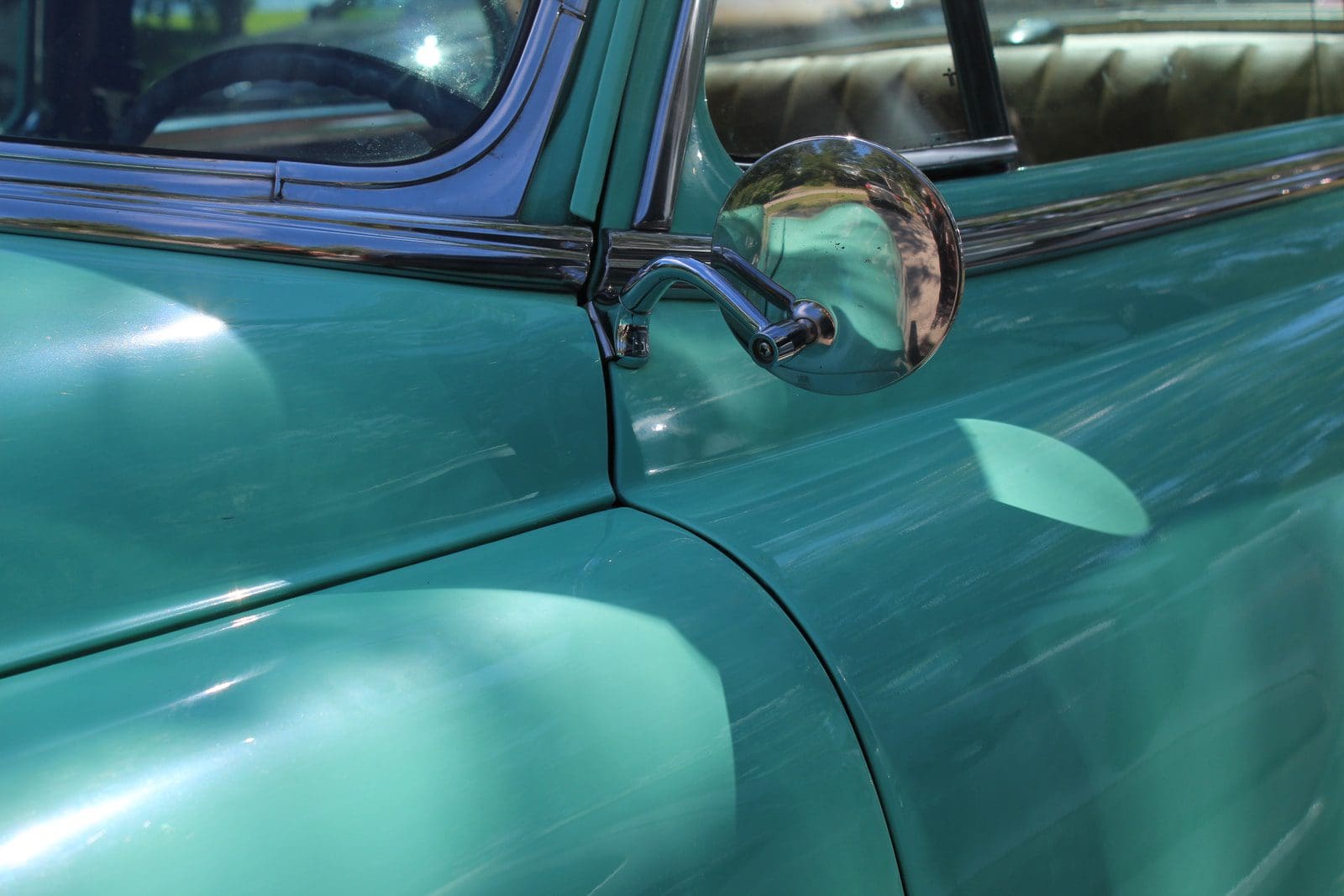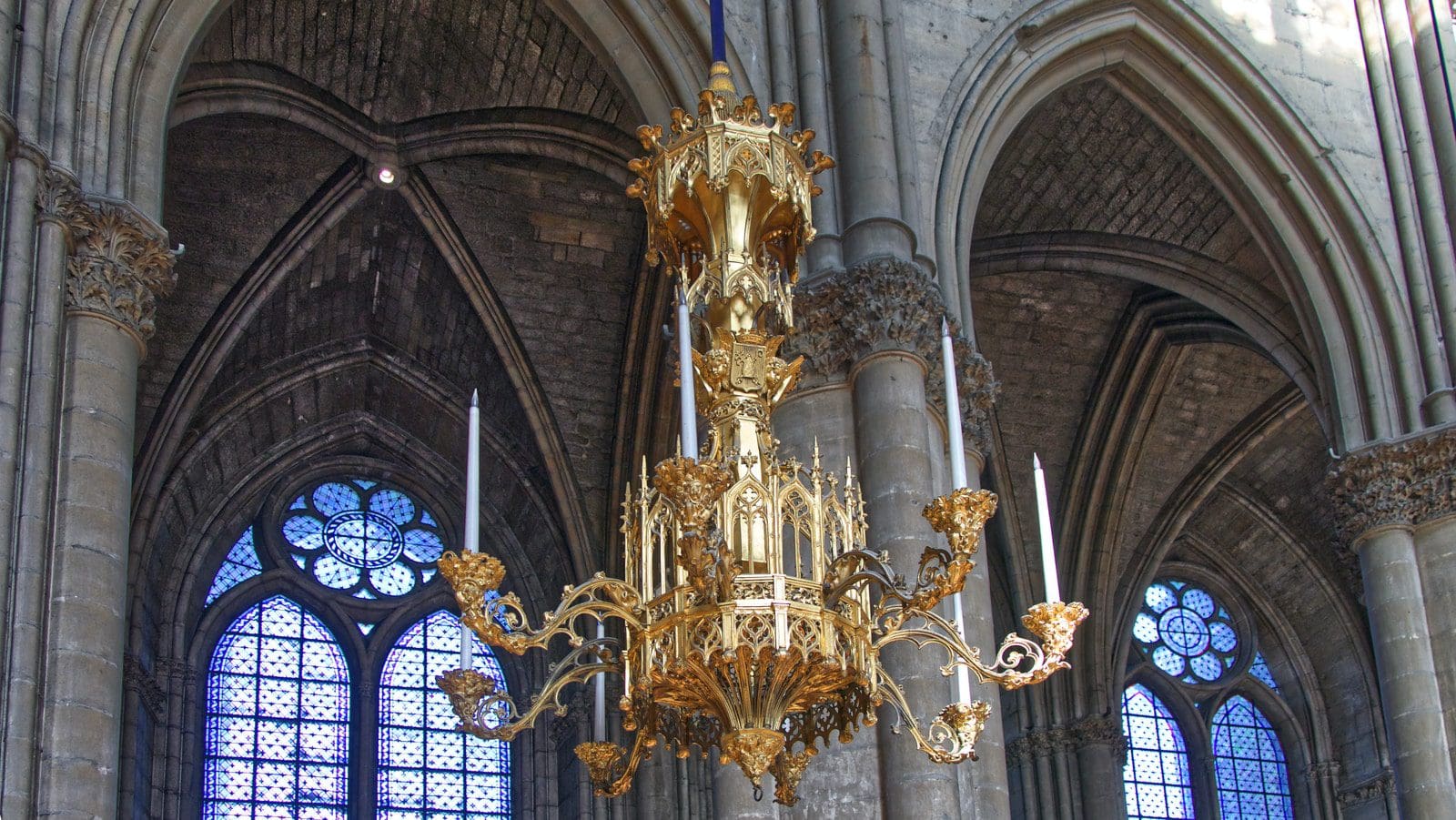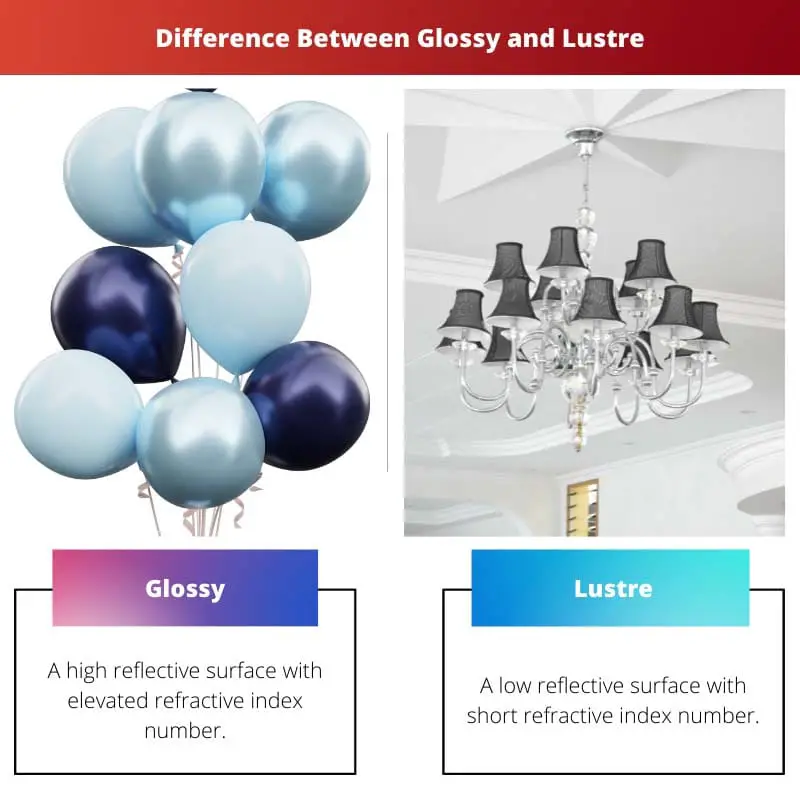The surface of an object may represent the objectivity of this product. For this reason, there are different textures on different products.
Few products use shiny surfaces, while others use defused covers. The term glossy and lustre is associated with the surface finishes of each product.
Many people prefer one type of surface finishes over another. Many people don’t know the difference between glossy and lustre and interchange them very often.
Sometimes this mix-up may cause colossal confusion.
Key Takeaways
- Glossy photo paper has a smooth, highly reflective surface, producing vibrant colors and sharp image details, but it can be prone to fingerprints and glare.
- Lustre photo paper has a semi-gloss finish, providing a subtle sheen and more muted colors while offering better resistance to fingerprints and less glare than glossy paper.
- Both types of photo paper are used for printing photographs. Still, the choice between glossy and luster depends on personal preferences for color vibrancy, image detail, and resistance to fingerprints or glare.
Glossy vs Lustre
Glossy is a very shiny and smooth finish that produces more vibrant colors in its prints. Lustre is a gentle sheen, soft, semi-shiny finish. Its prints show more accurate skin tones and are more resistant to fingerprints, smudges, and scratches, making them great for photos for albums or frames.

Comparison Table
| Parameter of Comparison | Glossy | Lustre |
|---|---|---|
| What is it | A high reflective surface with an elevated refractive index number | A low reflective surface with a short refractive index number |
| Used in | High-end products | Low-end products |
| Colour saturation | High | Medium |
| Texture | No | Fine |
| Maintenance | High | How |
| Maintained by | Polish | Cleaning agent and wipe |
| Durability | Low | High |
What is Glossy?
Glossy is a property that gives objects reflective properties. The primary property of a glossy surface is a smooth finish, reflecting light like a mirror.
A surface must have a high refractive index to get glossy properties. All glossy surfaces reflect light in a specular direction.
The word glossy is associated with the surface finish. Most glossy surfaces are textureless.
For this reason, light can bounce off the surface so quickly. The colour saturation level of a glossy surface is high, and the colour looks very prominent on the glossy surface.
Glossy surfaces are exceptionally delicate and can quickly get scratched and smudged. Any object with a sharp edge and put a permanent mark on the glossy surface.
Similarly, the sweat of the palm and fingers put smudge marks on the glossy surface. For this reason, a shiny surface requires regular maintenance and polish.
The chemical properties of the polishing material reduce surface tension and easily remove dirt and smudge from the surface. Most of the time, glossy surfaces are used in high-end material, where the objects interact less daily.
To protect the shininess of the shiny object, many companies also use ceramic and hydrophobic coating on the glossy surface. These coatings make the glossy surface resistant to scratch marks and smudges.

What is Lustre?
Lustre is a property that represents a reduction in the shininess of any surface. The primary property of lustre is a fine-textured surface that defuses light and eliminates reflection.
The lustred surface has to have a low refractive index to get lustre properties. All lustred characters defuse the light.
The word lustre represents the surface finish of an object. All lustre surfaces are made with fine textures.
Most of these can be seen under a microscope and felt by the touch. For this reason, light quickly gets defused when it hits a lustre surface.
The colour saturation level on a lustre surface never gets high, and most of the time, it looks a little hazy. Lustre surfaces are not that delicate, and they don’t get scratched, and smudge marks that easily.
The fine texture of the lustre surface quickly hides scratches from ordinary objects. Similarly, the sweat of the palm and fingers get defused in the delicate texture of the lustre surface.
However, a lustre surface cannot be polished, and proper cleaning agents and wipes must sanitize it. The cleaning agent loosens the surface tension on the object and wipes take away the dirt.
Most of the time, lustre surfaces are used for low-end products, where they regularly get lots of human interaction. The durable property of the lustre surface makes it appropriate for this job.

Main Differences Between Glossy and Lustre
- Glossy refers to a highly reflective surface with a high refractive index number. On the other hand, lustre refers to a low reflective surface with a short refractive index number.
- Most of the time, glossy surfaces are used for high-end products that require less interaction with humans. But most of the time, lustre surfaces are used for low-end products that interact with humans regularly.
- The colour saturation levels on glossy surfaces are very high. However, the colour saturation levels on lustre surfaces are medium.
- A glossy surface will always be texture free. However, there can be fine microscopic texture found on a lustre surface.
- A glossy surface can quickly get scratched and smudged. Therefore, regular maintenance is required to maintain its shininess. On the other hand, a lustre surface does not get scratched and smudge marks quickly, and it requires less maintenance.
- On a glossy surface, small scratch and smudge marks can be removed by polis, while on a lustre surface, cleaning agents and wipes are required for maintenance.
- Glossy surfaces get scratches and smudge marks quickly, and their durability is low. But lustre surfaces do not get scratch and smudge marks that easily, and their durability level is high.



